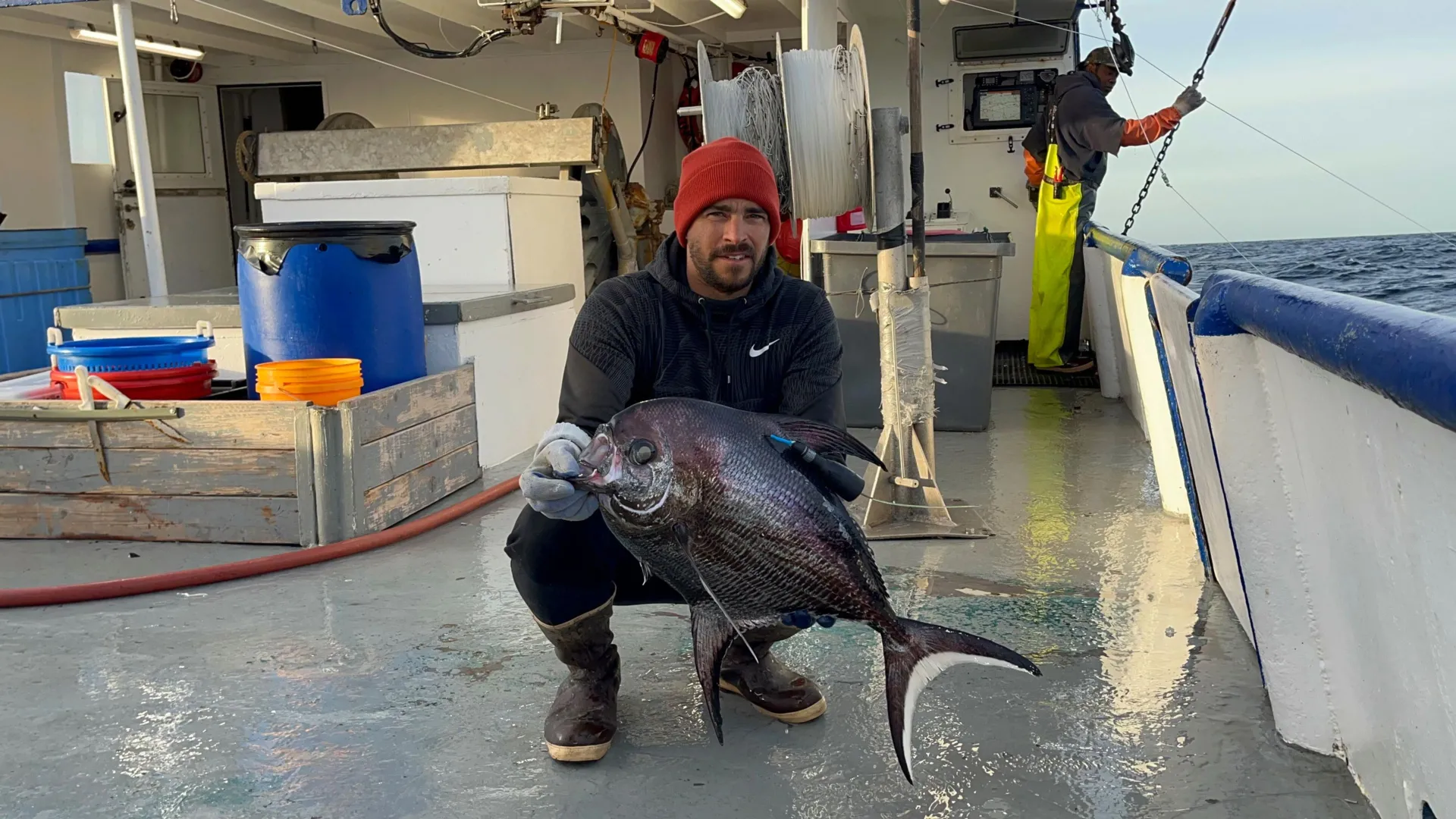- Security forces neutralise 4 terrorists in Balochistan’s Kalat: ISPR Dawn
- Security forces neutralise four terrorists in Kalat operation Business Recorder
- Panjgur operation leaves four militants dead: ISPR The Express Tribune
- Security forces…
Blog
-
Security forces neutralise 4 terrorists in Balochistan’s Kalat: ISPR – Dawn
-

Dog saved owner after his heart stopped on Sandbanks beach
Ms Dashwood, a healthcare assistant from Bournemouth, said she thought Beau was just playing on the beach until she saw Mr Howarth on the ground.
She said: “He was dead, purple and freezing cold. I checked his…
Continue Reading
-

The deep ocean has a missing link and scientists finally found it
Scientists at the Woods Hole Oceanographic Institution (WHOI) have found that large sharks can spend hours far below the ocean surface in the mesopelagic zone, a layer stretching from 200 to 1,000 meters (650 to 3,300 feet) deep. This dim region…
Continue Reading
-

Pakistan envoy calls on CA, discusses cooperation in trade, investment
Pakistan envoy calls on CA, discusses cooperation in trade, investment
Pakistan High Commissioner to Bangladesh Imran Haider met with Chief Adviser Professor Muhammad Yunus today at the State Guest House Jamuna in Dhaka. Photo: CA’s Press…
Continue Reading
-

New York subway ends its MetroCard era and switches fully to tap-and-go fares
NEW YORK — When the MetroCard replaced the New York City subway token in 1994, the swipeable plastic card infused much-needed modernity into one of the world’s oldest and largest transit systems.
Now, more than three decades later, the gold-hued fare card and its notoriously finicky magnetic strip are following the token into retirement.
The last day to buy or refill a MetroCard is Dec. 31, 2025, as the transit system fully transitions to OMNY, a contactless payment system that allows riders to tap their credit card, phone or other smart device to pay fares, much like they do for other everyday purchases.
Transit officials say more than 90% of subway and bus trips are now paid using the tap-and-go system, introduced in 2019.
Major cities around the world, including London and Singapore, have long used similar contactless systems. In the U.S., San Francisco launched a pay-go system earlier this year, joining Chicago and others.
The humble MetroCard may have outlasted its useful life, but in its day it was revolutionary, says Jodi Shapiro, curator at the New York Transit Museum in Brooklyn, which opened an exhibit earlier this month reflecting on the MetroCard’s legacy.
Before MetroCards, bus and subway riders relied on tokens, the brass-colored coins introduced in 1953 that were purchased from station booths. When the subway opened in 1904, paper tickets cost just a nickel, or about $1.82 in today’s dollars.
“There was a resistance to change from tokens to something else because tokens work,” Shapiro said on a recent visit to the museum, housed underground in a decommissioned subway station. “MetroCards introduced a whole other level of thinking for New Yorkers.”
The Metropolitan Transportation Authority launched public campaigns to teach commuters how to swipe the originally blue-colored cards correctly, hoping to avoid the dreaded error message or lost fares. Officials even briefly toyed with the idea of an quirky mascot, the Cardvaark, before coming to their senses.
The cards quickly became collectors items as the transit system rolled out special commemorative editions marking major events, such as the “Subway Series” between baseball’s New York Mets and the New York Yankees in the 2000 World Series. At the time, a fare cost $1.50.
Artists from David Bowie and Olivia Rodrigo to seminal New York hip hop acts, such as the Wu-Tang Clan, the Notorious B.I.G. and LL Cool J, have also graced the plastic card over the years, as have iconic New York shows like Seinfeld and Law & Order.
“For me, the most special cards are cards which present New York City to the world,” said Lev Radin, a collector in the Bronx. “Not only photos of landmarks, skylines, but also about people who live and make New York special.”
Perfecting the correct angle and velocity of the MetroCard swipe also became something of a point of pride separating real New Yorkers from those just visiting.
During her failed 2016 presidential campaign, Hillary Clinton, a former U.S. Senator from New York, took an excruciating five swipes at a Bronx turnstile. In fairness, her chief Democratic opponent at the time, U.S. Sen. Bernie Sanders of Vermont, a native Brooklynite, didn’t even appear to realize tokens had been discontinued.
Unlike the MetroCard rollout, OMNY has required little adjustment.
Riders reluctant to use a credit card or smart device can purchase an OMNY card they can reload, similar to a MetroCard. Existing MetroCards will also continue to work into 2026, allowing riders to use remaining balances.
MTA spokespersons declined to comment, pointing instead to their many public statements as the deadline approaches.
The agency has said the changeover saves at least $20 million annually in MetroCard-related costs.
The new system also allows unlimited free rides within a seven-day period because the fare is capped after 12 rides. It’ll max out at $35 a week once the fare rises to $3 in January.
Still, new changes come with tradeoffs, with some critics raising concerns about data collection and surveillance.
Near Times Square on a recent morning, Ronald Minor was among the dwindling group of “straphangers” still swiping MetroCards.
The 70-year-old Manhattan resident said he’s sad to see them go. He has an OMNY card but found the vending machines to reload it more cumbersome.
“It’s hard for the elders,” Minor said as he caught a train to Brooklyn. “Don’t push us aside and make it like we don’t count. You push these machines away, you push us away.”
John Sacchetti, another MetroCard user at the Port Authority stop, said he likes being able to see his balance as he swipes through a turnstile so he knows how much he’s been spending on rides.
“It’s just like everything else, just something to get used to,” he said as he headed uptown. “Once I get used to it, I think it’ll be okay.”
___
Follow Philip Marcelo at https://x.com/philmarcelo
Continue Reading
-
Minimum wage will rise in 19 states starting Jan. 1 – Axios
- Minimum wage will rise in 19 states starting Jan. 1 Axios
- New year, new laws: What laws go into effect on Jan. 1 in Nebraska? KETV
- Minimum Wage Increases in the City of Sonoma Beginning January 1, 2026 Sonoma Valley Sun
- Is Mississippi one of 19 states raising its minimum wage? What we know The Clarion-Ledger
- Oregon, Washington both to increase minimum wage in 2026 KCBY
Continue Reading
-

Yan Leyfman: Adipose Manipulation Transplantation as a New Cancer Therapy Platform
Yan Leyfman, Medical Oncologist, Co-Founder and Executive Director of MedNews Week, shared a post on LinkedIn about a recent article by Nadav Ahituv et al, adding:
“What if we could starve tumors—by design?
Tumors are…
Continue Reading
-

What Happens When You Eat Sugar & Have Diabetes
- Diabetes affects the body’s ability to move sugar out of the bloodstream and into cells.
- Eating too much sugar when you have diabetes increases blood sugar and may cause headaches, blurred vision and more.
- If you’re managing diabetes, be…
Continue Reading
-

Best PlayStation 5 Games for 2026: The must-play adventures
Best PlayStation 5 Games for 2026: The must-play adventures As the PlayStation 5’s success has reached greater heights than ever, so has its gaming library, especially with the introduction of the PlayStation 5 Pro….
Continue Reading
-

Hoba Meteorite: Why Didn’t The World’s Largest Meteorite Leave An Impact Crater?
In 1920, a farmer plowing a field in Grootfontein, Namibia, hit a sudden roadblock below the surface of the soil. Curious about what had stopped his plow, the farmer dug around and found a very strange sight.
Beneath the soil was a giant slab of…
Continue Reading